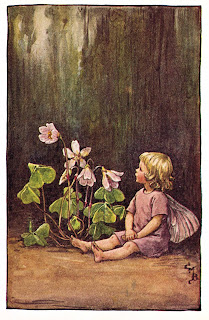11/05/21 update
So I'm really behind on these and am in the middle of making my dev portfolio so I'm gonna go over everything I've since last post real quick.
I've finished my illustration book. I've sent it off to my supervisor for him to have a look at but I havent gotten anything back yet.
Firstly, daisy.
 |
| Final illustration |
I'll just copy what I wrote for the presentation back in march:
The primary influence for this one is how the story of Ophelia in Hamet has been used in psychology. In a nutshell, Ophelia's arc is about her being driven mad resulting in her death which was probably suicide. In her final scene before her death, she hands out imaginary flowers to the people of the court, however she keeps the daisy for herself. This symbolises how she is the only innocent in the story.
In the book Reviving Ophelia, psychologist Mary Pipher argues that Ophelia lacked any sense of self, solely being defined by the people, primarily men, around her.
Pipher connects this to girls she has talked to in therapy who are pulled in multiple directions by a society that is contradictory in what it wants from them as women therefore leaving them lost and split between their real selves and facade selves.
In my illustation I wanted to get across the idea of disillusionment with childhood. The Roy Lichtenstein dot pattern and bright saturated colours are contrasted with a lack of texture and dreary colours.
Next is Myrtle.
The idea for this one was based on my personal reading of the story of original sin in the bible. I wanted to show Adam and Eve creating their own equivalant to the Garden of Eden but with full access to the knowledge that they didn't have before. I purposfully replicated a painted of the Garden of Eden in my composition to try and create a parallel:
 |
| Adam and Eve in the Garden of Eden, Adam Peter Wenzel |
Specifically, I wanted to parallel poses of Adam and Eve and how they are surrounded by animals and nature but in a more home made setting.
My last illustration was bellflower:
 |
| Final Illustration |
The Campanula bellflower is also known by another name: Rampion. This is where the name Rapunzel comes from the Brothers Grimm version of the story.
I researched into the history of the Rapunzel story and took inspiration from both it and similar stories that came before it such as Danae in Greek myth and Rubada in Persian myth. The big thing that all the stories had in common was the entrapment of a woman preventing her from growing up. I wanted to take symbols from the stories that represented this such as the and reappropriate it as something freeing.
After this I finished up my book.
I decided that I wanted it to be viewed double paged so for spreads with out any illustrations like the bibliography I still tried to make it interesting by doing a colour gradient with block colour squares:






Comments
Post a Comment